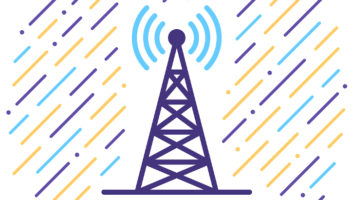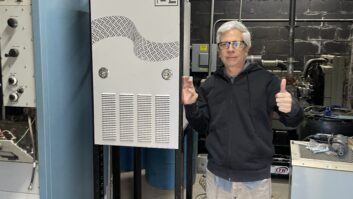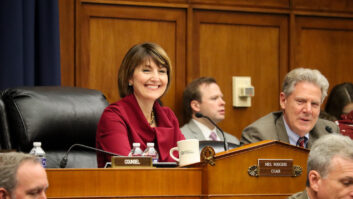 The author is executive director of the National Federation of Community Broadcasters. NFCB commentaries are featured regularly at www.radioworld.com.
The author is executive director of the National Federation of Community Broadcasters. NFCB commentaries are featured regularly at www.radioworld.com.
The National Federation of Community Broadcasters has joined a range of organizations to submit comments in support of REC Networks’ Petition for Rulemaking. The petition, RM-11909, promises to be a game changer for rural communities, in NFCB’s assessment.
Why did NFCB sign on to expand LPFM? Low power stations represent an important moment in radio’s evolution in the U.S. REC Networks’ proposal is straightforward and intuitive. It would permit LPFMs in communities where it is possible to upgrade their signals. Currently, most LPFMs only go about three miles from their transmitters due to the existing power limits of a maximum broadcast power of 100 watts. An increase would help sparsely populated areas tremendously, and cause no conflict with existing broadcasters, where they are otherwise present.
[Read: Community Broadcaster: Giving Mood]
Radio World recently shared some of the words of noncommercial broadcasters representing governmental, community and faith-based licensees. Many radio station representatives share that their outlets are assets in their communities. “Our little station has provided hyperlocal programming,” the comments from WVMO read, for example. In each of these stories is the spark of why many people get into radio in the first place. These broadcasters aim to make a difference locally. A signal increase would only deepen those area relationships.
In few places is our medium’s relationship more necessary as it is in far flung regions. With not nearly the number of broadcast options as one might hope in rural regions, low-power FM stations serve a vital purpose. They provide a sense of belonging, emergency response information, and a cultural gathering place where in-person meeting is more difficult due to the terrain. Stronger radio in these areas means stronger communities.
The idea presented by REC Networks has its share of critiques. For as long as there has been radio, it feels like there have been tensions over space on the dial. However, such disputes are not nearly as prevalent in rural communities where, to quote NFCB CEO Sally Kane, there are more cows than people. Regardless, some argue possible conflicts should mean a complete halt on progress. But, with natural disasters and crying needs of communities for education and support, isn’t it wiser to be simply more responsive when issues arise, rather than stop everything? I tend to believe commissioners are professionals enough to handle matters as they arise.
The FCC has yet to consider REC Networks’ Petition for Rulemaking, but the overwhelming number of comments are an apt demonstration that, especially in rural communities, LPFM increases are an idea whose time has come.












